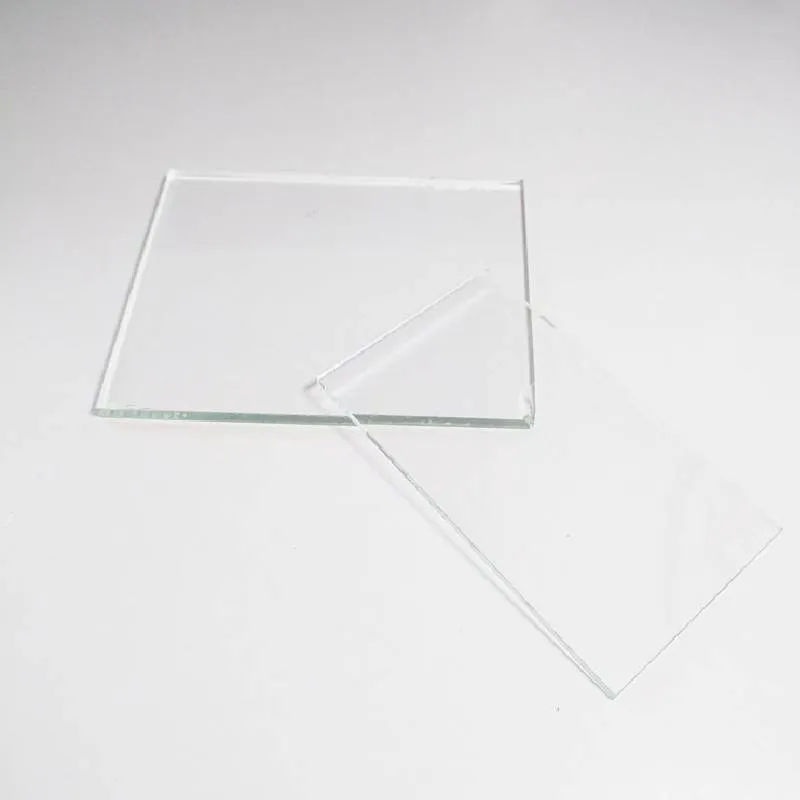Tinted and Reflective Glass Enhancing Aesthetic and Functionality
In the realm of architecture and design, glass has long been celebrated not only for its transparency and ability to connect the indoor environment with the outdoors but also for its versatility and practicality. Among the various types of glass, tinted and reflective glass stand out for their functional benefits and aesthetic appeal. This article explores the characteristics, advantages, and applications of tinted and reflective glass in modern construction.
Characteristics of Tinted Glass
Tinted glass is produced by adding colorants during the manufacturing process, which alters its appearance and performance. The primary purpose of tinted glass is to reduce the amount of sunlight entering a space, thereby controlling glare and enhancing occupant comfort. This type of glass comes in various colors, including bronze, gray, green, and blue, allowing architects and designers to choose options that complement their overall design scheme.
One of the significant benefits of tinted glass is its ability to provide privacy without completely obstructing visibility. While it reduces the amount of natural light that enters a building, it still allows occupants to see outside. This characteristic makes tinted glass an ideal choice for offices, conference rooms, and residential settings where both privacy and light are desired.
Benefits of Tinted Glass
1. Energy Efficiency One of the most significant advantages of tinted glass is its energy-saving potential. By reducing solar heat gain during the summer months, tinted glass can decrease reliance on air conditioning systems, ultimately lowering energy bills. This energy efficiency contributes to a more sustainable building design.
2. Glare Reduction Excessive sunlight can create uncomfortable glare, impacting productivity in workspaces or the comfort of living areas. Tinted glass significantly mitigates this issue, offering a more comfortable environment for occupants.
3. UV Protection Tinted glass can block a considerable percentage of harmful ultraviolet (UV) rays, which can cause fading of furniture, flooring, and artwork over time. By reducing UV exposure, tinted glass helps preserve the integrity and appearance of interior spaces.
4. Aesthetic Versatility The variety of colors available in tinted glass means that architects can utilize it as a design element. Whether for contemporary buildings or traditional homes, tinted glass can add a unique visual dimension.
tinted and reflective glass
Reflective Glass A Modern Solution
Reflective glass, on the other hand, is designed with a metallic coating that reflects a portion of the sunlight that strikes its surface. This reflective quality offers several advantages, particularly in urban environments where buildings compete for natural light. Reflective glass comes in various tints, enhancing its aesthetic appeal while serving functional purposes.
Benefits of Reflective Glass
1. Heat Management Reflective glass can significantly reduce solar heat gain and glare, making it particularly advantageous in hot climates. This quality allows buildings to maintain comfortable indoor temperatures without excessive use of air conditioning, promoting energy efficiency.
2. Enhanced Privacy During the day, reflective glass provides an added layer of privacy, as the mirror-like surface obscures visibility from the outside. This feature is particularly beneficial for high-rise buildings and structures in densely populated areas.
3. Striking Aesthetics Reflective glass can enhance the visual appeal of a building, lending a sleek and modern appearance. The reflective qualities can also create interesting light dynamics during different times of the day, making buildings more visually striking.
4. Reduced Maintenance The reflective coating on glass can help keep surfaces cleaner by repelling dust and dirt. This quality reduces the need for frequent cleaning, making it a practical choice for commercial buildings and high-rise structures.
Conclusion
Both tinted and reflective glass are not merely aesthetic choices; they are functional solutions that can enhance a building's performance and energy efficiency. With the increasing demand for sustainable design and energy-efficient buildings, the use of tinted and reflective glass is likely to grow in popularity. Architects and designers are embracing these versatile materials to create spaces that are not only visually appealing but also comfortable, private, and efficient. As technology advances, innovations in glass manufacturing continue to expand the capabilities and applications of tinted and reflective glass, ensuring their place in the future of architecture and design.
 Afrikaans
Afrikaans  Albanian
Albanian  Amharic
Amharic  Arabic
Arabic  Armenian
Armenian  Azerbaijani
Azerbaijani  Basque
Basque  Belarusian
Belarusian  Bengali
Bengali  Bosnian
Bosnian  Bulgarian
Bulgarian  Catalan
Catalan  Cebuano
Cebuano  Corsican
Corsican  Croatian
Croatian  Czech
Czech  Danish
Danish  Dutch
Dutch  English
English  Esperanto
Esperanto  Estonian
Estonian  Finnish
Finnish  French
French  Frisian
Frisian  Galician
Galician  Georgian
Georgian  German
German  Greek
Greek  Gujarati
Gujarati  Haitian Creole
Haitian Creole  hausa
hausa  hawaiian
hawaiian  Hebrew
Hebrew  Hindi
Hindi  Miao
Miao  Hungarian
Hungarian  Icelandic
Icelandic  igbo
igbo  Indonesian
Indonesian  irish
irish  Italian
Italian  Japanese
Japanese  Javanese
Javanese  Kannada
Kannada  kazakh
kazakh  Khmer
Khmer  Rwandese
Rwandese  Korean
Korean  Kurdish
Kurdish  Kyrgyz
Kyrgyz  Lao
Lao  Latin
Latin  Latvian
Latvian  Lithuanian
Lithuanian  Luxembourgish
Luxembourgish  Macedonian
Macedonian  Malgashi
Malgashi  Malay
Malay  Malayalam
Malayalam  Maltese
Maltese  Maori
Maori  Marathi
Marathi  Mongolian
Mongolian  Myanmar
Myanmar  Nepali
Nepali  Norwegian
Norwegian  Norwegian
Norwegian  Occitan
Occitan  Pashto
Pashto  Persian
Persian  Polish
Polish  Portuguese
Portuguese  Punjabi
Punjabi  Romanian
Romanian  Russian
Russian  Samoan
Samoan  Scottish Gaelic
Scottish Gaelic  Serbian
Serbian  Sesotho
Sesotho  Shona
Shona  Sindhi
Sindhi  Sinhala
Sinhala  Slovak
Slovak  Slovenian
Slovenian  Somali
Somali  Spanish
Spanish  Sundanese
Sundanese  Swahili
Swahili  Swedish
Swedish  Tagalog
Tagalog  Tajik
Tajik  Tamil
Tamil  Tatar
Tatar  Telugu
Telugu  Thai
Thai  Turkish
Turkish  Turkmen
Turkmen  Ukrainian
Ukrainian  Urdu
Urdu  Uighur
Uighur  Uzbek
Uzbek  Vietnamese
Vietnamese  Welsh
Welsh  Bantu
Bantu  Yiddish
Yiddish  Yoruba
Yoruba  Zulu
Zulu 

